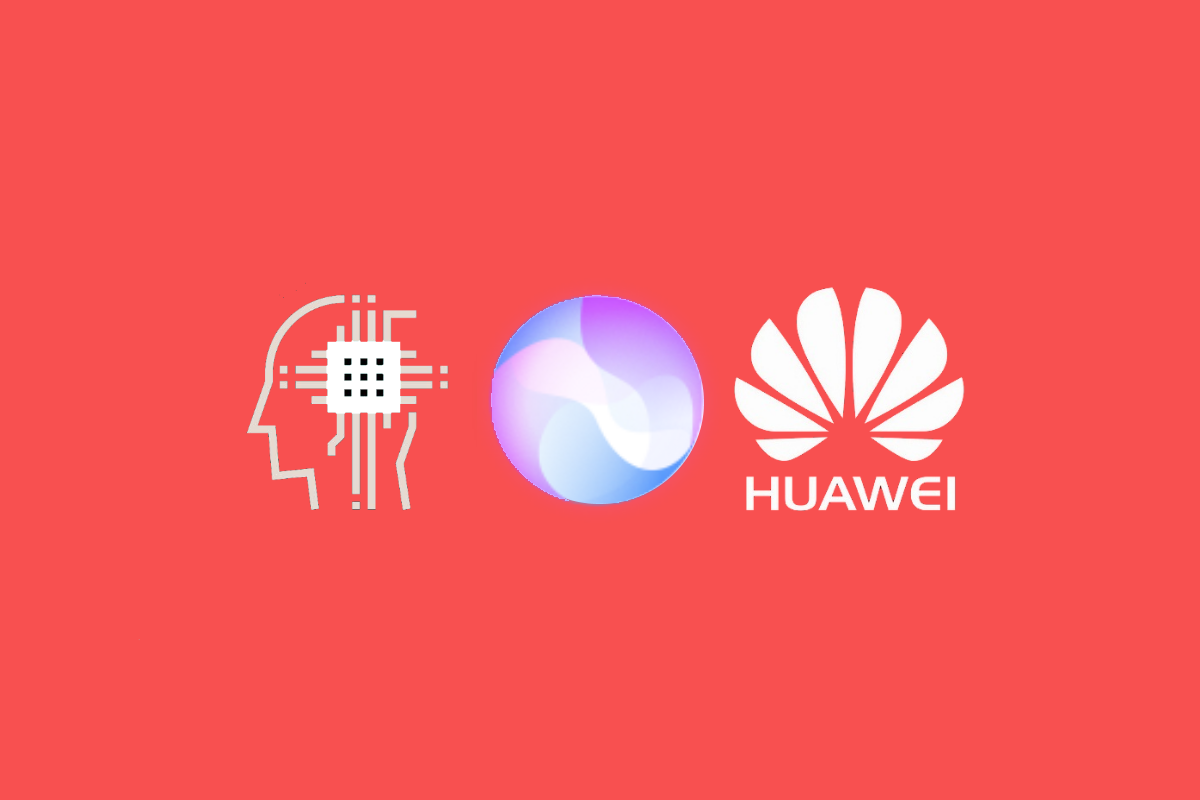Huawei launched the Mate 10 series in October with the HiSilicon Kirin 970 system-on-chip. The Kirin 970 notably has dedicated hardware for AI, in the form of a Neural Processing Unit (NPU). Last month, we also showed how Huawei was developing HiAssistant (powered by HiAI), a Google Assistant + Google Lens competitor for the Chinese market. Now, Huawei has released the HiAI Engine alongside the Huawei P20.
HiAI is Huawei's AI computing platform. Currently, the dedicated NPU on the Kirin 970 phones is used for features such as real time object and scene recognition in the camera app, as well as accelerated offline translation in Microsoft Translator. However, these capabilities are a small part of the overall potential of machine learning and neural networks. It's fair to say that it's early days yet for AI in smartphones, but the potential capabilities are promising.
According to Huawei, the HiAI Engine opens application capabilities, integrates "a plurality of AI capabilities and apps [that make] the apps more intelligent and powerful." Developers can now download the DDK (Driver Development Kit), SDK, and IDE for the HiAI Engine.
The application capabilities of the HiAI engine include a Computer vision (CV) engine. A Computer Vision engine refers to the "capabilities by which computers simulate the human visual system to sense the ambient environment, and determine, recognize and understand the composition of space," according to Huawei. The capabilities of the CV engine include Image Super Resolution, Facial Recognition, and Object Recognition (which are explained in more detail below).
The HiAI engine also includes an automatic speech recognition (ASR) engine. It's not open outside China, though. An ASR engine is what converts human voice into text, and its capabilities include speech recognition, speech conversion, and text-to-speech (TTS).
A Natural language understanding (NLU) engine is also part of the capabilities of the HiAI engine, but like the ASR engine, it's not open outside China. It enables computers to understand human voice, which allows them to perform communication or natural actions. Its capabilities include word segmentation, text entity recognition, emotive tendency analysis, and machine translation.
The features of the HiAI Engine are:
- Scene Detection: It "rapidly categorizes" images by recognizing the scenes in the content of the image. Huawei states that recognition of multiple types of scenes is currently supported with high accuracy.
- Document Correction and Document Detection: It's an assistant enhancement function which can correct the angle of the document. It can also automatically recognize the location information of the document in the image.
- Face Detection and Facial Comparison: Huawei states: "In face detection, information about the location, characteristic points, and postures of the human face in a given image is detected, and high-precision facial rectangular coordinates are returned."
- Image Category Label: It identifies information such as objects, scenes and behavior in an image on the basis of the deep learning method.
- Image Super Resolution: It's said to intelligently enlarge an image based on deep learning. It can also suppress artifacts while keeping the resolution unchanged for a clearer, sharper image.
- Character Image Super Resolution: It can enlarge an image including characters by nine times. It can also "enhance" the definition of the characters on the image.
- Code Detection: According to Huawei, "Code detection reads quick response (QR) codes and bar codes to obtain information included in the codes, thereby providing related services subsequently. The code detection capability is integrated in applications."
Developers can now download the DDK, SDK and IDE of the HiAI Engine via the source links.
Thanks to XDA Member Evolutios for the tip!

